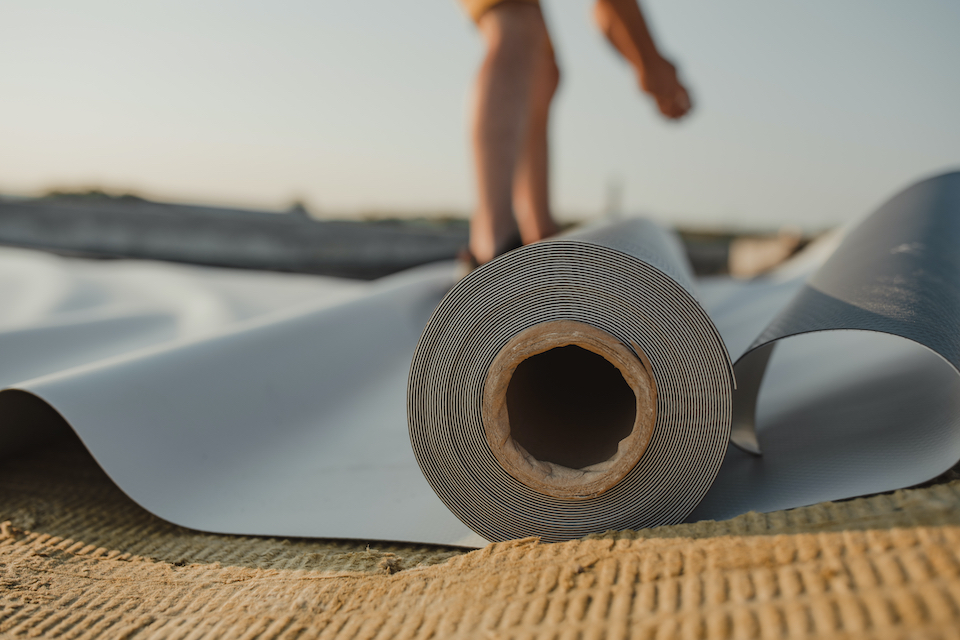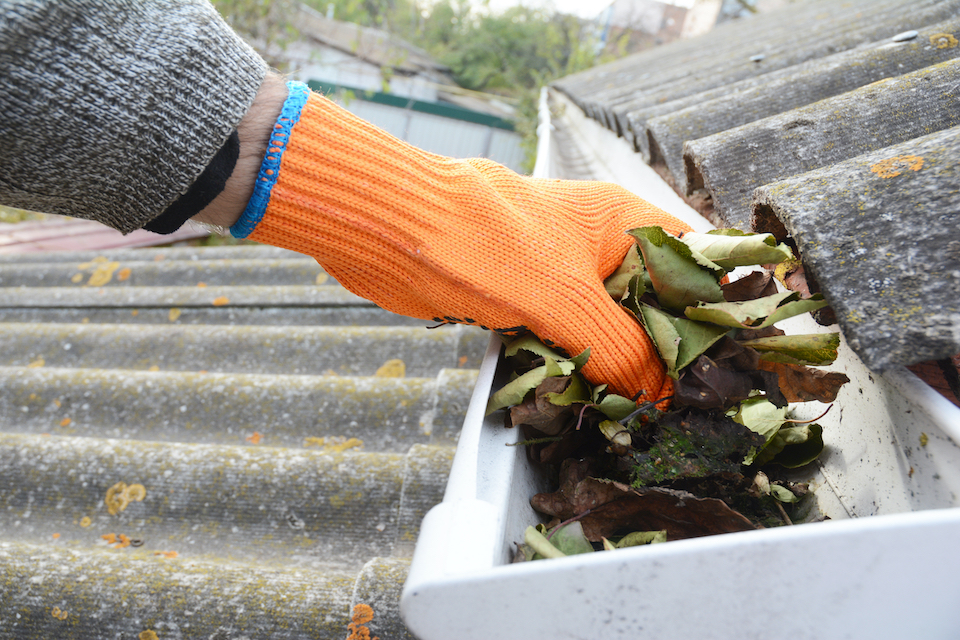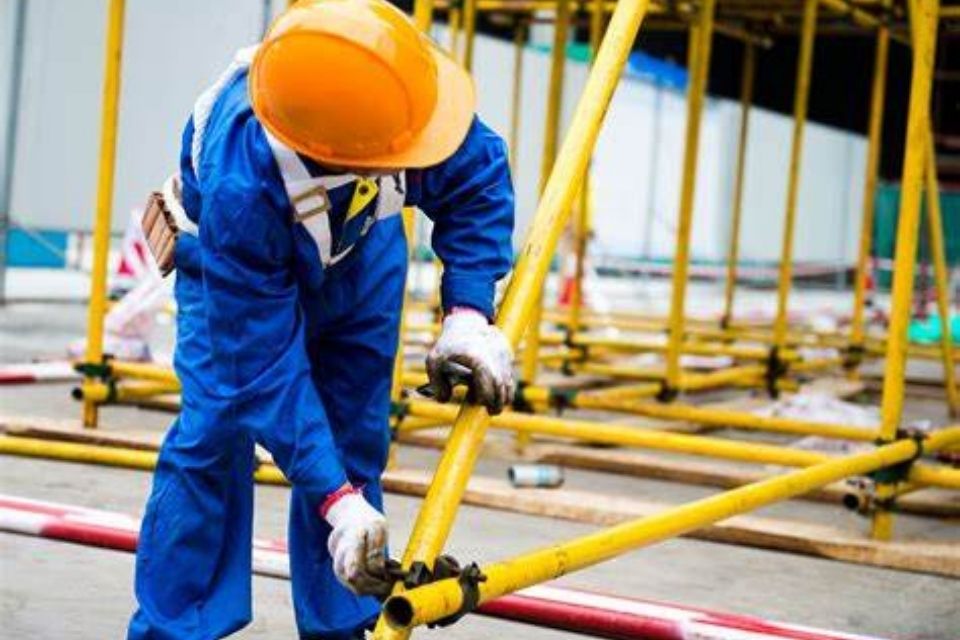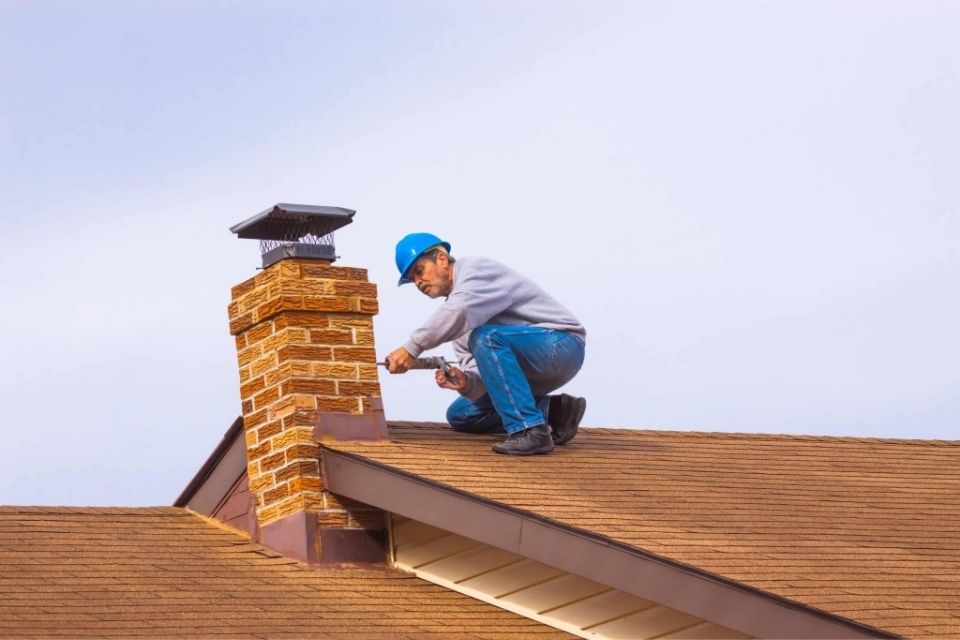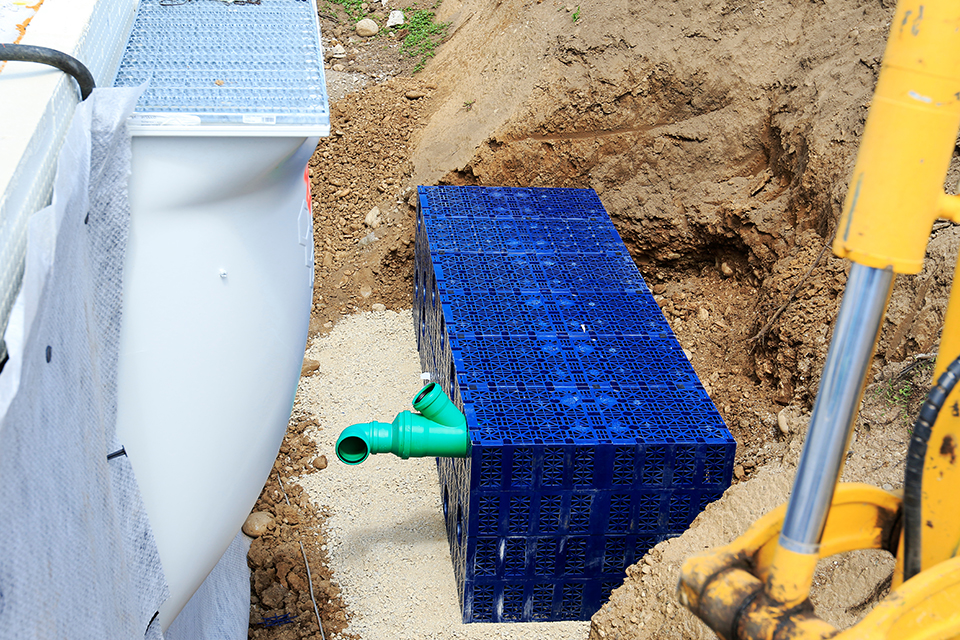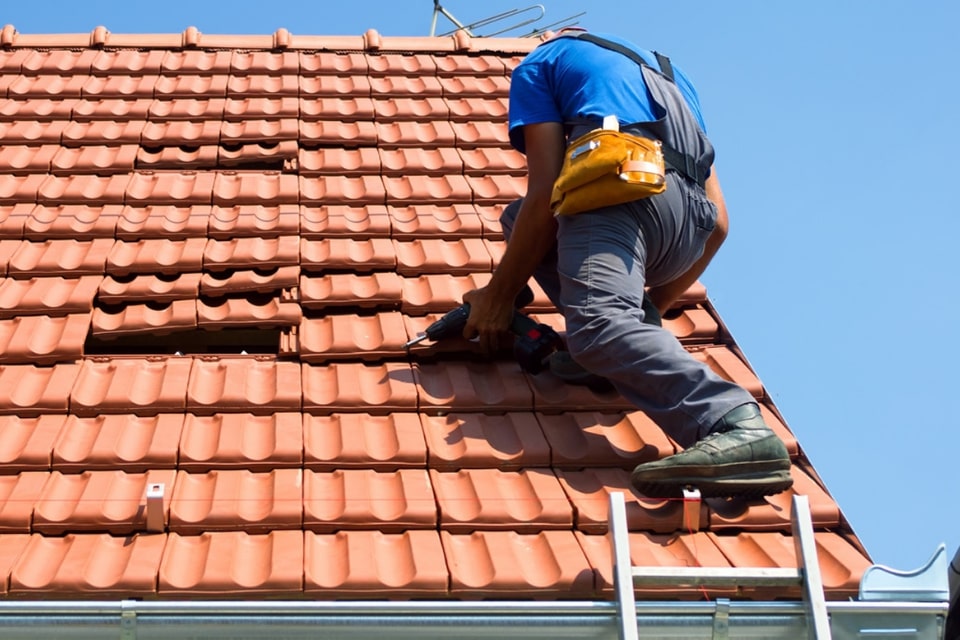How Much Does Rubber Roofing Cost?
Rubber or EPDM roofing is a single-ply rubber membrane that is around 50mm thick. This type of roofing is usually used on flat roofs.
Rubber roofs are usually black, however, you can have some pigments added to the roof to make it lighter if you would prefer a lighter look.
Why you should consider a rubber roof?
Rubber roofs are very lightweight and easy to fit. They are also very good at keeping a roof watertight.
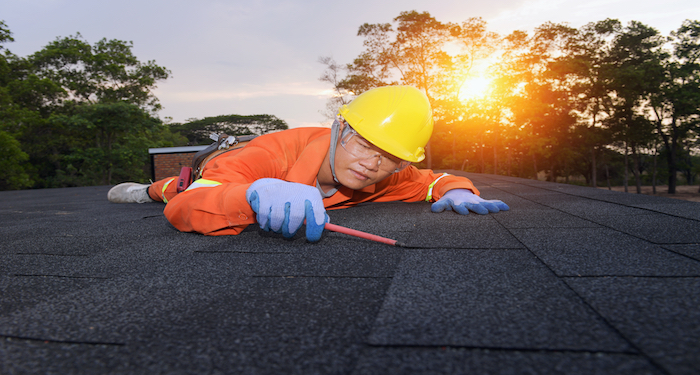
Let's take a look a the cost factors involved...
The average cost to install a rubber roof will depend on several factors including the size of the roof, the quality of the material, and the location of your property.
On average, you can expect to pay around £10-£15 per square metre for a rubber roof.
Rubber Roofing Prices
Below is a table showing the typical costs that you can expect for various rubber roof installation jobs:
| Job Description | Average Cost |
|---|---|
| Single garage rubber roof installation | £1,000-£1,500 |
| Double garage rubber roof installation | £1,500-£2,000 |
| 2-storey extension rubber rood installation | £1,500-£2,500 |
- How Much Does Rubber Roofing Cost?
- What are the Supply Costs of a Rubber Roof Installation?
- What are the Additional Costs of Installing a Rubber Roof?
- Tradesperson Costs for Rubber Roofing
- How Long Does It Take to Install a Rubber Roof?
- Types of Rubber Roofing
- Benefits of a Rubber Roof
- How much Does It Cost to Remove a Rubber Roof?
- FAQs
- Sources
What are the Supply Costs of a Rubber Roof Installation?
If you are planning to install a rubber roof as a DIY project, then you may need to know how much the supplies will cost. The supplies you need will include the roofing material itself, the rubber membrane, and any insulation that you choose to install.
Below is a table showing the supply costs that you can expect with this type of work:
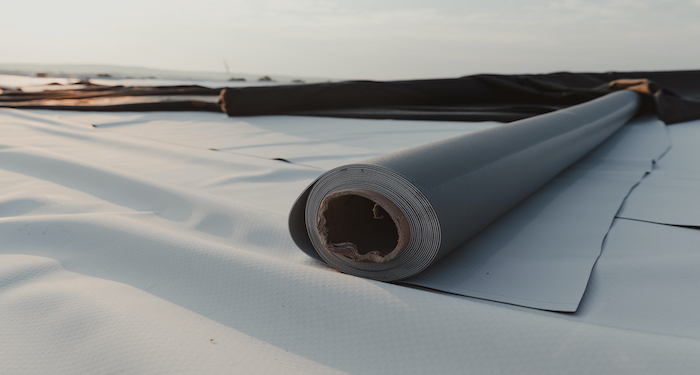
| Type of Supply | Average Cost |
|---|---|
| Rubber roofing rolls cost | £10-£15 per square metre |
| EPDM rubber roofing cost | £60-£90 per square metre |
| Fibreglass insulation cost | £10-£15 per square metre |
| PIR insulation boards cost | £10-£18 per square metre |
| Spray foam insulation cost | £35-£70 per square metre |
| Adhesive and sealant cost | £50-£80 |
What are the Additional Costs of Installing a Rubber Roof?
There are several additional costs that you may need to think about when it comes to installing a rubber roof, such as:
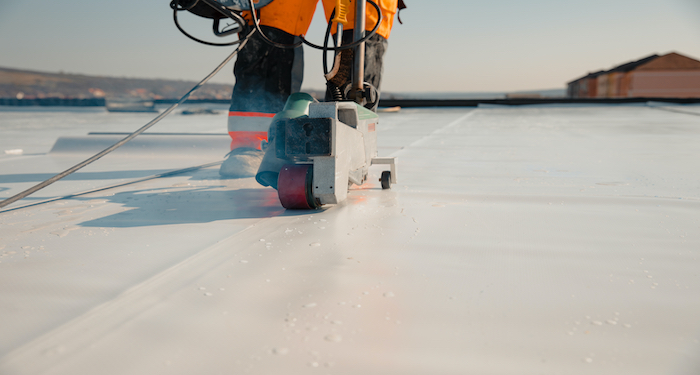
Scaffolding Costs
When installing a new rubber roof, you will most likely need to hire scaffolding for the work to be completed. Some contractors may bring their own scaffolding and include the costs in the overall quote. However, in some cases, you may need to pay for the scaffolding separately.
The average cost of having a scaffold tower assembled is around £200-£300.
Guttering Costs
When you install a new roof, you may also want to think about installing new guttering – especially if it has been a while since your gutters have been replaced. This can improve the look of your home and can also help to provide adequate drainage and prevent any potential leaks.
The average cost of installing guttering is around £30-£60 per metre.
Soffits and Fascias Costs
Similarly, you may also want to replace the soffits and fascias on your home to further improve the look of your home. Replacing all of your fascias and soffits at once will ensure they all match.
The average cost of replacing fascias and soffits is around £1,000-£4,hhi600. The overall cost will depend on the size of your home and the quality of the materials.
Tradesperson Costs for Rubber Roofing
Most of the time, your contractors will include the cost of both the materials and the labour costs in your quote. However, if you are interested in purchasing your roofing materials separately, then you may be interested in finding out the costs of the labour alone.
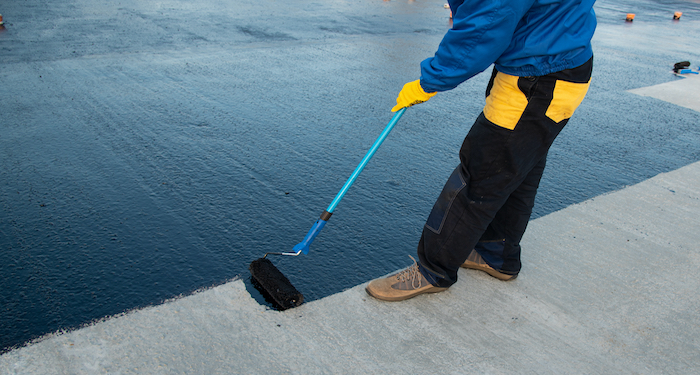
An individual roofer will usually charge around £20-£35 per hour, however, this will depend on the difficulty of the job and your location in the UK. Those based in the London area can expect to pay more for the cost of labour than those based in the North or other parts of the UK.
Most of the time, you can expect roofers to work in pairs. If this is the case, then you can expect to pay around £200-£300 per day for the work.
How Long Does It Take to Install a Rubber Roof?
You may also be curious about how long the work may take to complete. This will usually depend mostly on the size of the roof, the materials used, and the number of contractors working on the job.
Installing a new rubber roof on a single garage will take around 7-8 hours. If you are installing a rubber roof on a double garage, then you can expect this to take around 1-2 days. If you want a new rubber roof on a 2-storey extension, then this will likely take around 2-4 days.
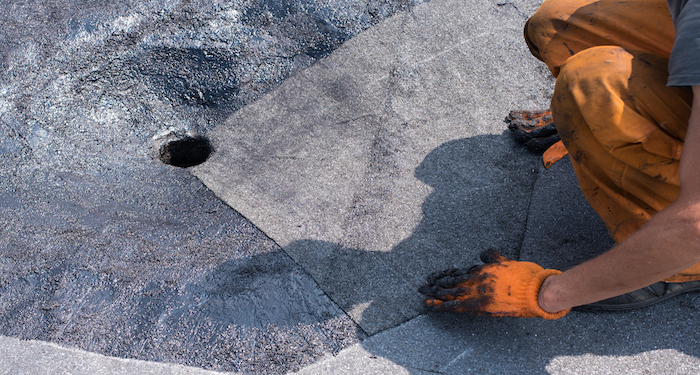
If you are completing the work as a DIY job, then you can expect the work to take longer.
Types of Rubber Roofing
There are a few different types of rubber that you can use for your roof, including:
EPDM Roofing Cost
EPDM stands for Ethylene Propylene Diene Terpolymer. This is the most popular type of rubber roofing material. EPDM roofing has a very long lifespan and comes at a lower cost than most other roofing products.
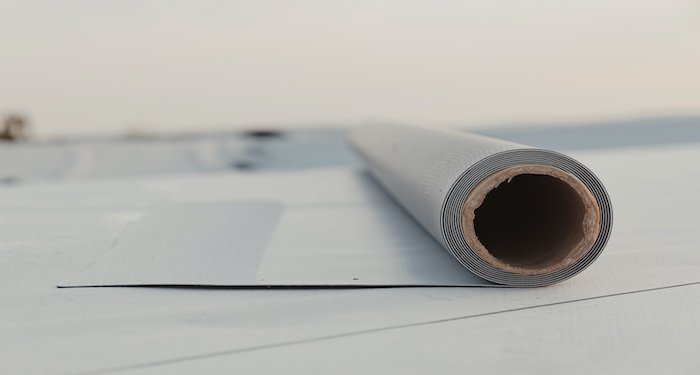
Pros
- EPDM has a very long lifespan
- This material has been used for many years
- It comes at a lower cost than most other roof types
Cons
- Absorbs heat
- Offers less heat protection
- Often sealed with adhesive or tape so can be prone to leaks
TPO Roofing Cost
TPO stands for Thermoplastic Polyolefin. This is a single-ply roofing material that is similar to EPDM but is more economical and energy-efficient. This is a modern type of rubber roofing that is becoming increasingly popular.
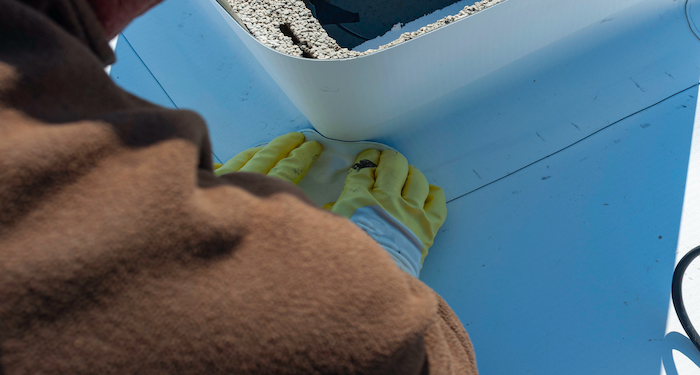
Pros
- Durable and flexible
- Environmentally friendly
- 100% recyclable
- Highly water-resistant
Cons
- New technology
- Inconsistent formula since it’s still quite new
PVC Roofing Cost
PVC stands for Polyvinyl Chloride. This is similar to TPO as it is made from thermoplastic materials. This roofing offers similar benefits to TPO, in terms of flexibility and water resistance. However, PVC contains plasticizers and chlorine salts so it is not as environmentally friendly as TPO.
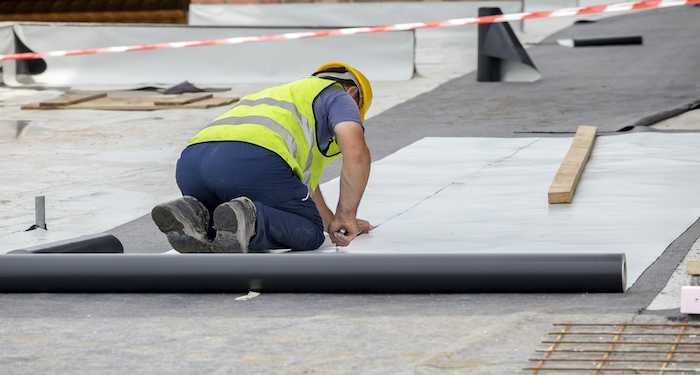
Pros
- Very flexible
- Durable
- Time-tested product
- Energy-efficient
Cons
- Prone to chemical breakdowns
- Not very environmentally-friendly
Benefits of a Rubber Roof
There are many benefits to installing a rubber roof. Below is a list of the main advantages of this type of work:
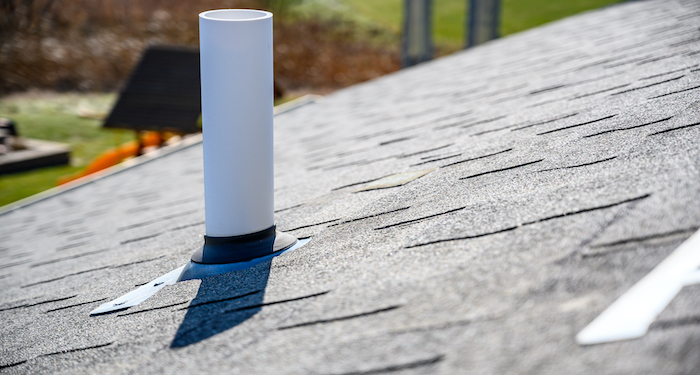
Long Lifespan
Rubber roofs tend to be very durable and often have a very long lifespan. Most rubber roofs tend to last for around 20-25 years, however, some can last for over 50 years. This means that installing a rubber roof is a great investment for your home.
Easy to Maintain
Rubber roofs require very little maintenance throughout their lifespan. They are also very easy to clean. You can clean a rubber roof by simply brushing the debris away, removing leaves and dirt, and washing it lightly.
Improved Kerb Appeal
A new rubber roof can really improve the overall look of your home. Rubber roofs tend to be modern-looking and simple. They offer a minimalist aesthetic that can really add to the appearance of your home from the outside.
Easy to Install
Rubber roofs are very easy to install. Most of the time, this is work that can be done as a DIY job. However, it’s always best to hire professionals if you don’t have experience in installing roofs. A great advantage of rubber roofs is that they can be installed quite quickly by professionals.
How much Does It Cost to Remove a Rubber Roof?
There are some cases when you may want to remove a rubber roof. For example, if you are having a new roof installed, or if you are demolishing the part of the building that houses the rubber roof.
In some cases, you may be able to remove a rubber roof yourself as a DIY job. However, it is usually best to leave this job to professionals who have the skills needed to remove your rubber roof safely.
The average cost to hire a professional to remove your rubber roof is around £70-£90 per square metre. However, this will depend on the materials, the ease of access, and the difficulty of the job. In most cases, this is a job that can be completed within a day.
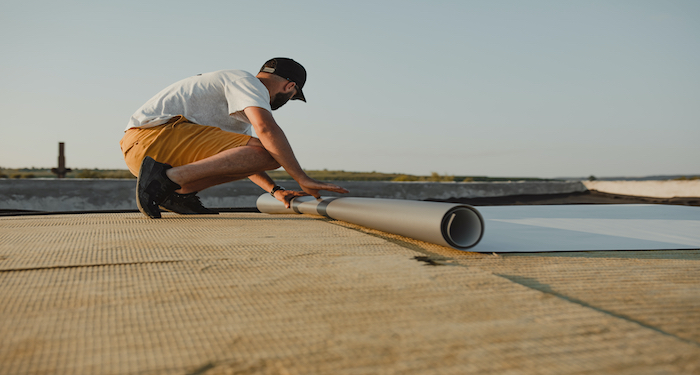
You may also need to consider the costs of waste removal. This will usually be around £100 if a tradesperson is removing the waste for you. However, if you need to hire a skip for the waste, then you can expect to pay around £60-£450. This price will depend on the size of the skip needed and the duration of the skip hire.
FAQs
Q: How long does a rubber roof last?
A: A rubber roof tends to be very long-lasting. You can usually expect a rubber roof to last for around 20-25 years.
Q: Can I walk on rubber roofing?
A: In most cases, you can walk on rubber roofing if it is needed for periodic maintenance or repairs. However, you should always remain safe when doing so.
Q: What is a liquid rubber roof?
A: Liquid polyurethane is commonly known as liquid rubber. This offers a long-lasting and flexible solution to rubber roofing. It is ideal for many roof types and can be used in a range of instances.
For example, liquid rubber can be used to cover concrete roofs, line guttering, and provide a waterproof membrane. Liquid rubber can also provide a solution to repair roofs quickly.
Q: How long does it take to replace a flat rubber roof?
A: This will depend on the size of the roof, the ease of access, the height, and the materials used. However, on average, a single garage repair and replacement should take around one day to complete if there are two tradespeople working on the job. A double garage will usually take around 2-3 days to repair and replace.
When a new rubber roof is installed, the contractor should always come back the next day to ensure the flat roof remained watertight overnight.
Roofs that are unusually shaped or require a lot of cutting around pipes or roof windows will take longer to complete. A flat roof on a second storey or third storey will also take longer to complete as this will also require scaffolding. Erecting scaffolding can take up a lot of extra time.
Q: Can a flat roof be repaired?
A: Yes, in most cases a flat roof can be repaired. Repairs on flat roofs tend to be quite easy as long as the damage is minor. If the damage is major, then you may need to replace the roof entirely.
When it comes to small leaks, holes, blisters, or flashing damage, these tend to be quite easy to repair. You will simply need to remove all debris and leaves from the roof, clean the affected area, and then patch up or apply new material to the damaged area.
Q: How do I maintain a rubber roof?
You won’t usually need to do much maintenance on a rubber roof other than removing leaves and other debris occasionally. You should inspect your rubber roof once per year to ensure there is no visible damage and to make sure there are no leaks.

